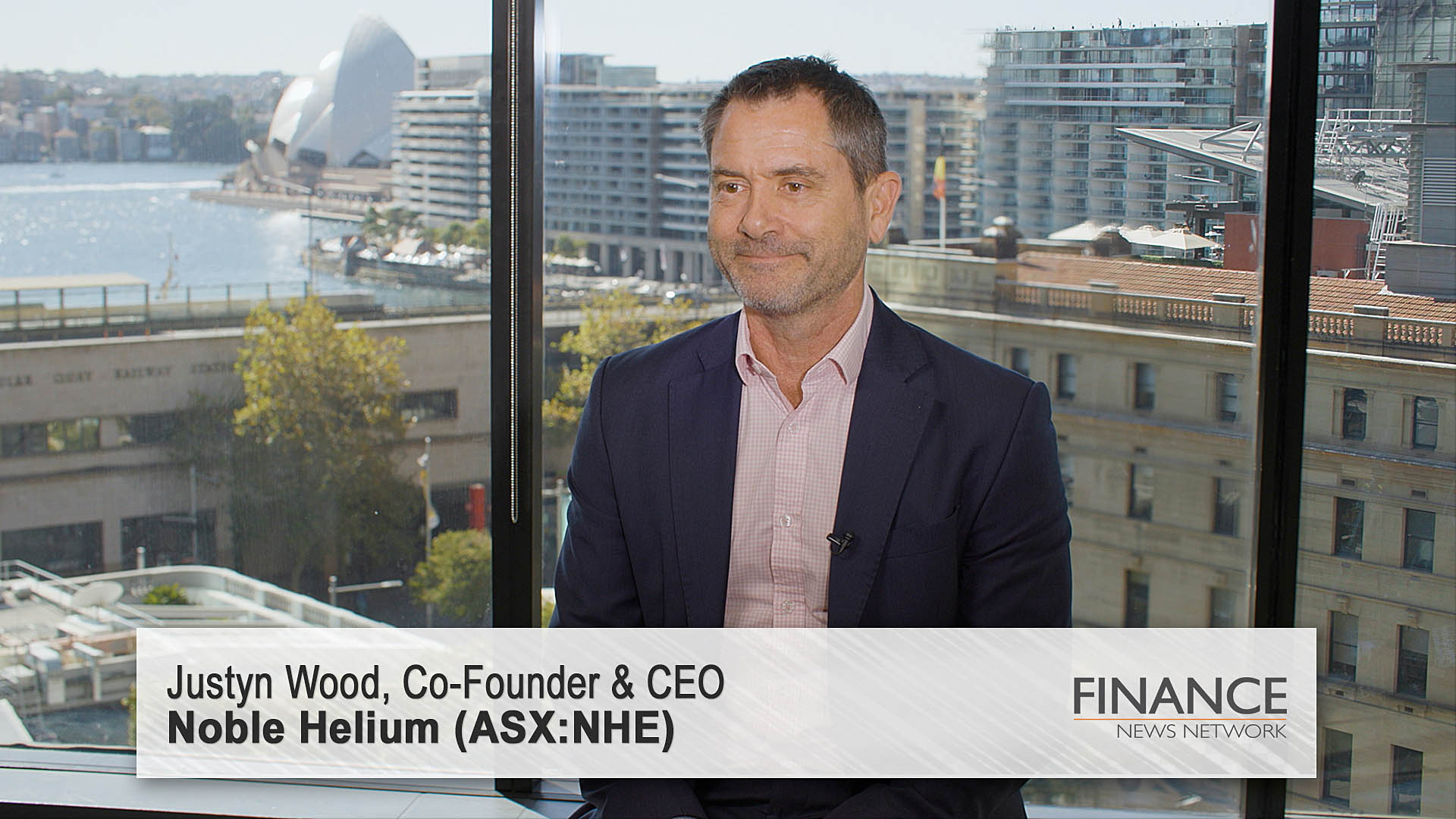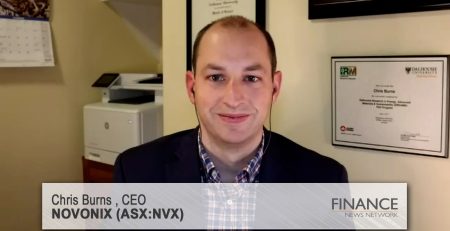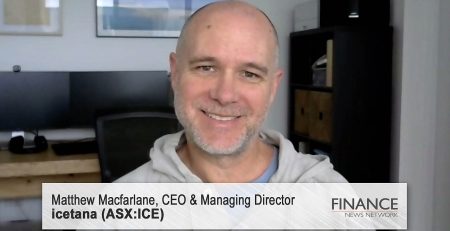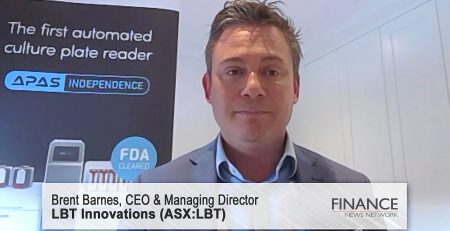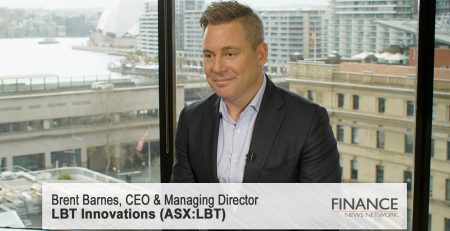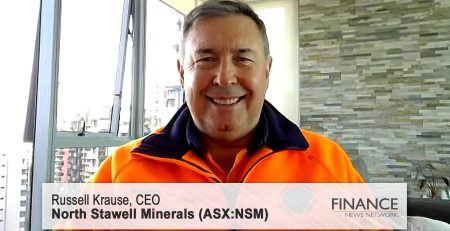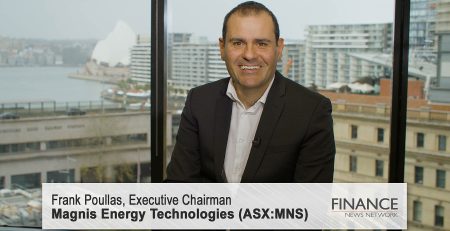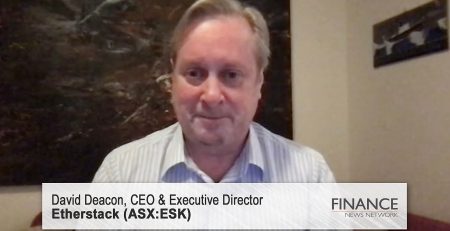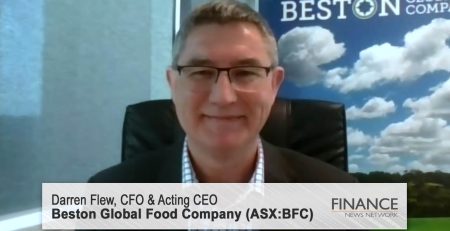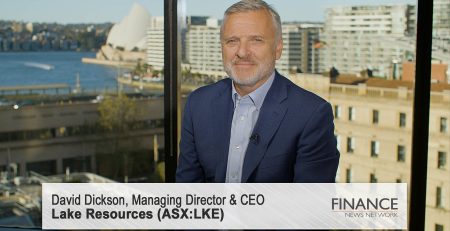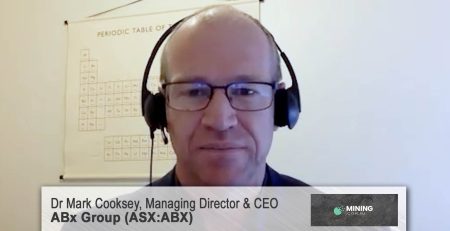Fifty times more valuable than LNG: Searching for helium in Tanzania
Noble Helium Limited (ASX:NHE) Co-Founder and CEO Justyn Wood discusses the demand for and pricing of helium, the geology of the company's project in Tanzania, plans for helium transport and outlook.
Tim McGowen: We're talking today with Noble Helium (ASX:NHE), market cap of around $50m. We have with us Justyn Wood, who is the CEO and Co-Founder. Justyn, welcome to Sydney. Thanks for your time.
Justyn Wood: Thanks for having me, Tim.
Tim McGowen: Now, for those who don't know Noble Helium, can you give us an update of who the company is?
Justyn Wood: So, Noble Helium's a band of explorers. We've pegged what we think is the world's best untested helium system in Tanzania, which happens to be the rift basins of the East African Rift. We've been going now for seven years and really leveraging the experience that I had with Hardman Resources. We were responsible for the first oil discoveries in the East African Rift back in 2006. The company, Hardman, got bought for $1.5bn six months later. But a lot of work was done in the East African Rift. Billions of dollars were spent understanding the architecture and stratigraphy and what worked in the East African Rift for oil and gas. Four billion barrels of oil were discovered since we proved that the system worked. And we've got the benefit now of all of that knowledge and just applying it for a different kind of resource, helium, which is coming out of the ground in the rift basins of Tanzania.
Tim McGowen: And helium has a use in new technologies. Can you talk us through that?
Justyn Wood: Yeah. So, it's a critical raw material. A lot of things don't work without it, high-tech applications that we take for granted. So, MRI machines can't run without helium. Rockets can't launch without helium. Fibre optic cables can't be made without helium. And I guess, in the last 15 years, from a base of zero, now all of the chips in our phones and computers and TVs and cars can't be made without helium anymore. So, it's a critical high-tech industrial gas. It's not just a party balloon filler.
Tim McGowen: Yeah, that's what everyone associates it with. But the US used to be one of the biggest producers, and I believe their stockpiles have been exhausted since 2019. Which countries are the key producers now?
Justyn Wood: Just a little bit of background there. The US built up what was called the US Federal Reserve. Actually started in the 1930s for military purposes. And then they really built it up during the Cold War because it's essential for making missiles fly. In 1996, they decided that they weren't in the helium business and gradually started depleting that reserve, which ran out in 2019.
Helium is rare. The geology for helium is rare in commercial quantities. And the countries that happened to have had that geology, the right geology, that are stepping in to fill that gap are Qatar, Russia and Algeria. So, by the middle of this decade, about 60 to 70 per cent of the world's helium is going to be supplied by those three nations.
Tim McGowen: And does China play a role in helium production, just out of interest?
Justyn Wood: They do have a small amount, but they're very interested in getting hold of some, because it's obviously critical for the manufacture of their chips as well.
Tim McGowen: And, Justyn, the helium price, how is it priced, what's it done recently? Can you give us some colour on how it's actually priced?
Justyn Wood: Yeah, thanks, Tim. Good question. So, since the depletion of the US Federal Reserve, and the US government was kind of selling it to pay off the debt for the reserve, we've been transitioning, the helium price has been transitioning to market. So, it's quadrupled in the last 10 years. It's now trading on a long-term bulk helium contract, would be about US$450 per thousand cubic feet. Now, just for reference, that's about 50 times the price of LNG. So, we are using oil and gas type cost base to find and develop the stuff, but it's 50 times more valuable. So, just to give you some colour, our first two wells we are about to drill, they're targeting 16.5 BCF between the two of them. Now, that doesn't mean much, but that's $7.5bn worth of helium in the ground.
Tim McGowen: And just in terms of your peers, I think there's a list here… Renergen (ASX:RLT), one of the newest helium producers in South Africa, just recently gone in production. How does that compare with you guys on a kind of geological development basis?
Justyn Wood: First of all, congratulations to Nick and Stef, if you're watching. Well done in getting to this stage. I know they've had a long, hard road to get there. What Renergen's dealing with is quite different geologically. It's actually geologically very unique. But in terms of a business, they've got helium as a very valuable byproduct of their natural gas conventional methane production system. What we've got in Tanzania is, again, geologically unique, globally unique, and we've got the world's best helium geoscientists agreeing with us on this, that it's helium for helium's sake. So, instead of the helium being a byproduct of another gas, all of the data we've collected over the last four years, it's telling us we'll see helium and nitrogen. So, 80 per cent of the atmosphere is nitrogen, so that can be vented, or if we can find a use for it, we will. But the helium will be produced on its own schedule, if you like. So, it becomes a primary resource, and it's also green. There's no hydrocarbons associated with it.
Tim McGowen: And, of course, the US State Department has classified helium as a critical mineral. Does that mean, further down the track, the US government could potentially help fund some of these projects?
Justyn Wood: Yeah, that's definitely on the cards. We have been connected with some guys. We know that Renergen actually had some help getting into the US government for funding, and those guys have actually approached us as well to gauge our interest.
Tim McGowen: And, of course, just touching on the US government, the US Vice-President just visited Tanzania, where you're positioned, and Tanzania is becoming an important jurisdiction for graphite and now helium. What's it like to operate in Tanzania?
Justyn Wood: The last couple of years, it's been… The new President, Hassan, has really opened the country up for investment, which has been fantastic. She actually mentioned helium in her inauguration speech as a project of national interest. We are finding a lot of support in the country and the government for doing what we're doing. I've been around Africa a long time, and there are some countries that I simply won't try to do business in. Tanzania's always been one of the better, if not one of the best, places in Africa to do business.
Tim McGowen: And, of course, transporting helium is not easy. It's renowned as the Houdini gas. What are the key risks associated with drilling and production and transport?
Justyn Wood: Yeah. So, yes, it'll escape through stainless steel and glass. It's extremely difficult once it's in that pure form. For us, we believe that it's trapped underground. Well, there's evidence that it's trapped underground. We'll pull it out of the ground, put it through a helium liquefaction system, which is… That's stock standard oil and gas and helium producing technology. So, there's no risks there in terms of execution. And then, at the plant gate, we'll actually sell the liquid helium to probably a tier-one helium distributor. So, they have their own ISO containers that they will take it off to market wherever they need that helium. It's blacktop highway all the way back from our site all the way back to Dar es Salaam Port. So, in our view, the execution risk is pretty modest.
Tim McGowen: And it's been seven years in the making, this project. What's the next six to 12 months look like?
Justyn Wood: Yes, it has been a long road, but we got here. The next six months definitely we will have drilled our two wells, and hopefully we've made two discoveries. And I will add that the play type that we're using is exactly the play type that I used in Uganda to prove the oil and gas system worked. And that went on to have a 100 per cent success rate, 14 discoveries from 14 wells. We're doing that again now, and so we'll be drilling those wells and hopefully announcing to the market gas phase helium.
Tim McGowen: And, just finally, what gives you confidence that you'll find success here?
Justyn Wood: We started out, because of the background, understanding the rift and how it worked and the architecture and stratigraphy. And I guess what's been very rewarding is, as we've collected data, we've invested quite a lot of money and done things properly certainly over the last 12 months, a lot of high-end technology has been applied. And every piece of data that we've collected has actually supported the original thesis. So, now we're looking at not will we discover gas, or helium in the gas. It's what concentration are we going to be looking at. So, I think everything's come together, and I think it's giving everybody involved a lot of confidence we're on the right path.
Tim McGowen: Justyn Wood, thanks for your time.
Justyn Wood: Thanks Tim.
Ends
Copyright 2023 – Finance News Network
Source: Finance News Network

